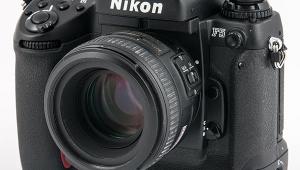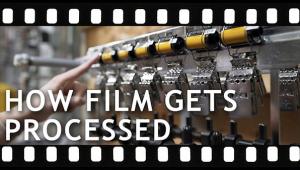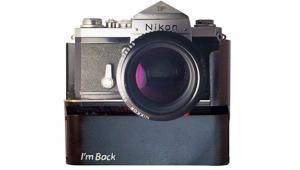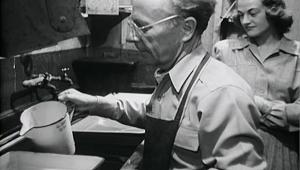35mm Tri-X Celebrates Its 50th
A Golden Anniversary For The Queen Of Silver Halide
A 50th anniversary is something very special: a golden anniversary, which is a good trick for something made of silver, is what Kodak Tri-X celebrates this year. The first of the X-films was Panatomic-X in 1938. Two-thirds of a century later, there's some doubt about what the X was for: probably "Extra," as it was faster and sharper and finer grained than the original Panatomic that it replaced. Later in the same year came Plus-X; the short-lived Super-X; and the Super-X replacement, Super XX. Then came Ortho-X in '39 and Tri-X in '40.

But if Tri-X appeared in '40, 64 years ago, why is Kodak celebrating its 50th anniversary now? Simple. Until '54 it was available only as sheet film: that year marked its appearance in 35mm and roll film. Hence the golden anniversary.
Of course, today's Tri-X is a completely different film from the Tri-X of '40 or '54 or even the '80s, and vastly better. Every revision, including the latest about 18 months ago, has always been greeted with a chorus of complaints, but personally I'm all in favor of such improvements as finer grain, higher sharpness, and less risk of reticulation.
 |
|
|
The point is, Tri-X is one of photography's classics. In 35mm format, it shares a birthday with one of the cameras that made it famous, the Leica M-series. It would not be exaggerating to say that the fame of the two is related: one of the world's greatest professional films was (and is) very often found in one of the world's greatest professional cameras.
So if you're a confirmed Tri-X user, Happy Birthday: take a picture by candlelight, though you shouldn't need 50 candles. And if you haven't used Tri-X for a while, or maybe ever, well, maybe it's time for a birthday treat.
For more information about Tri-X film, visit Kodak's website at: www.kodak.com/go/professional.
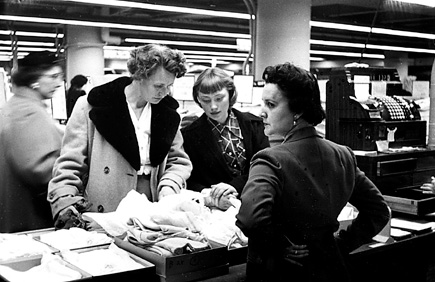 |
|
|
X-Film Speeds
ISO speeds of the original X-films were roughly as follows, though of course ISO and even ASA were still far in the future:
Panatomic-X: 64-125 daylight, 40-80 tungsten
Plus-X: 125-200 daylight, 125 tungsten
Super-XX: 200-400 daylight, 200 tungsten
Ortho-X: 320 daylight
Tri-X: 320-640 daylight, 500 tungsten
A range is given partly because there were no internationally agreed standard film speeds, and partly because Kodak themselves seem not to have been very sure about safety factors: the lower speeds are those quoted when the films were introduced, while the higher ones are the ones in my 1941 Kodak Reference Handbook. The lower speeds are probably closest to today's ISO.
- Log in or register to post comments




